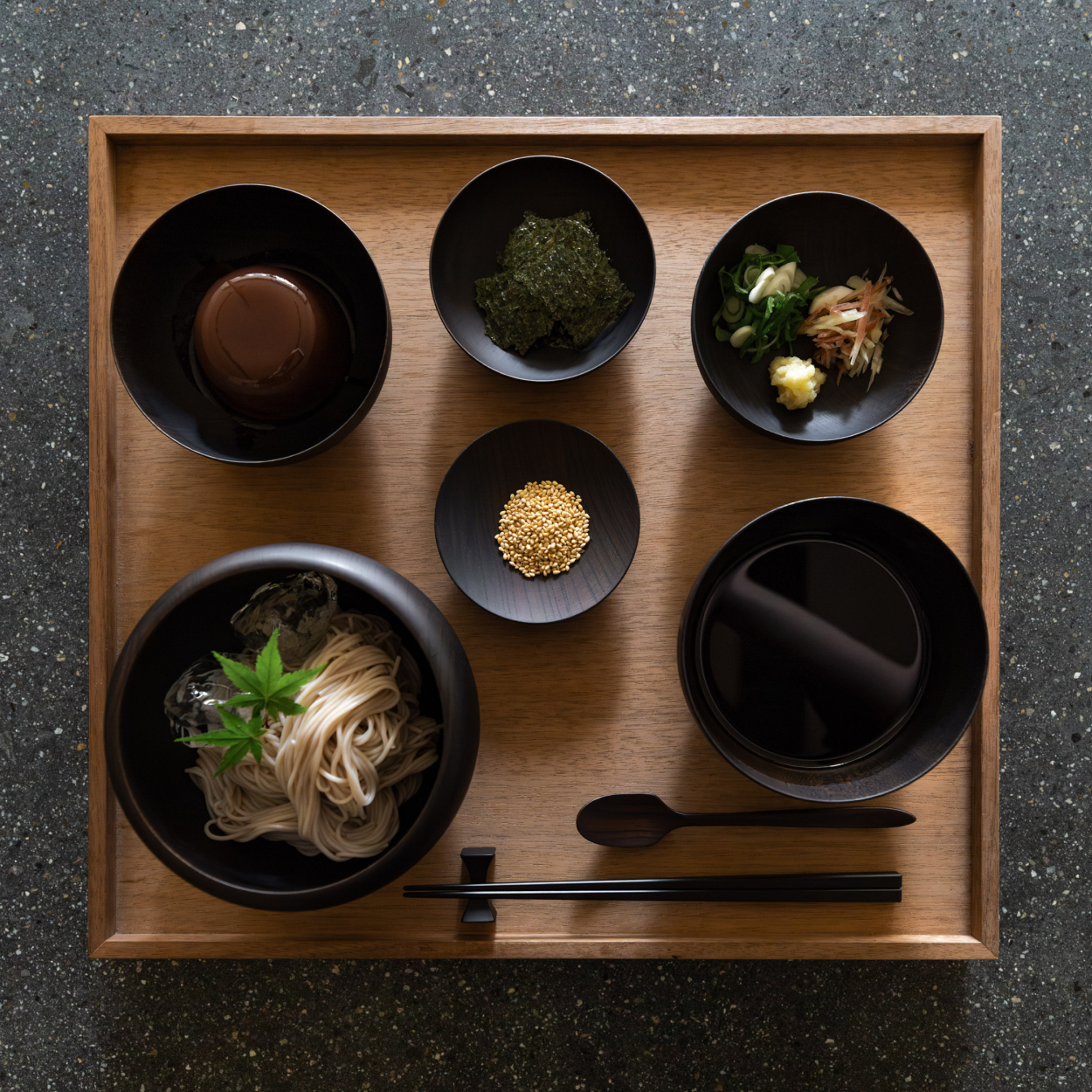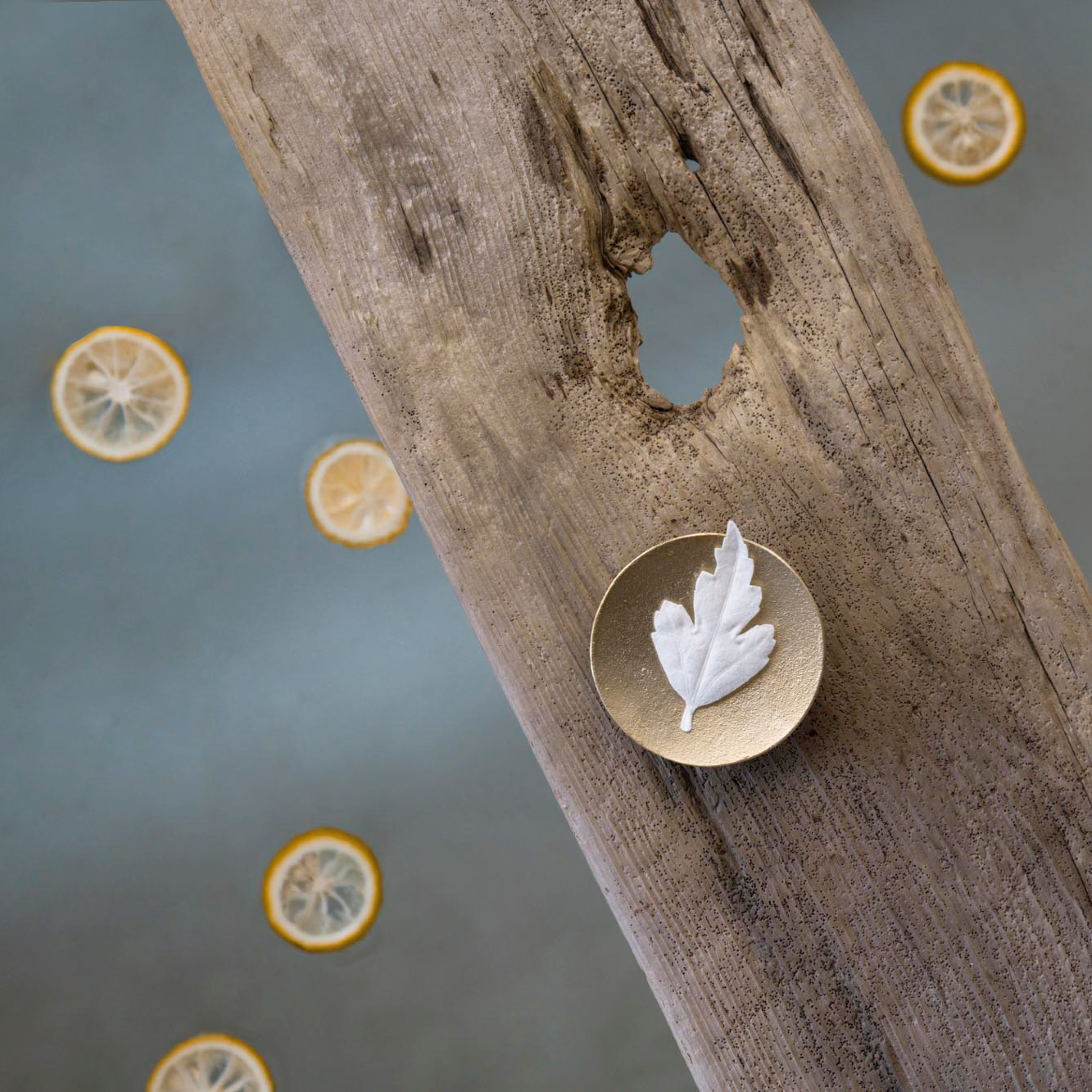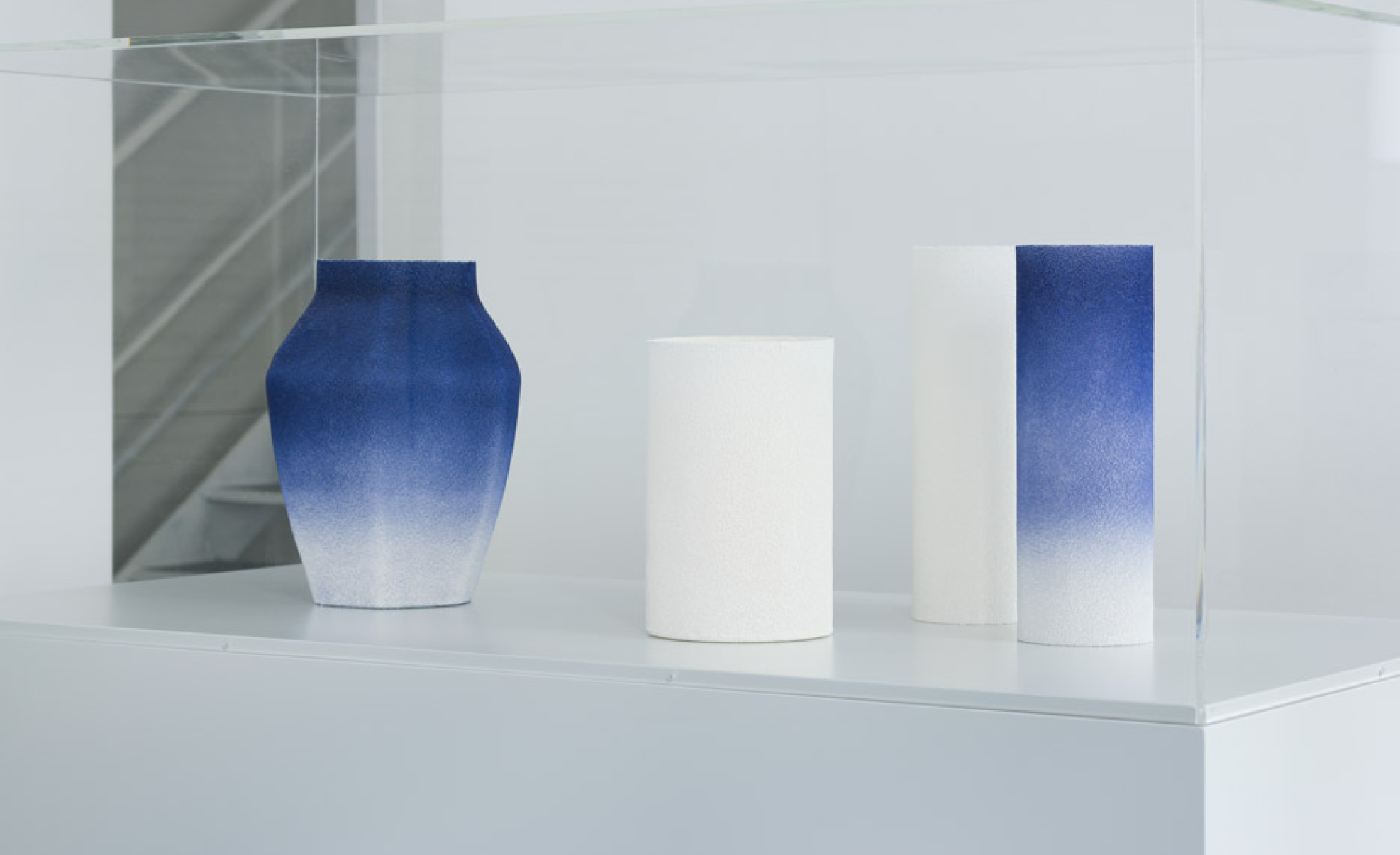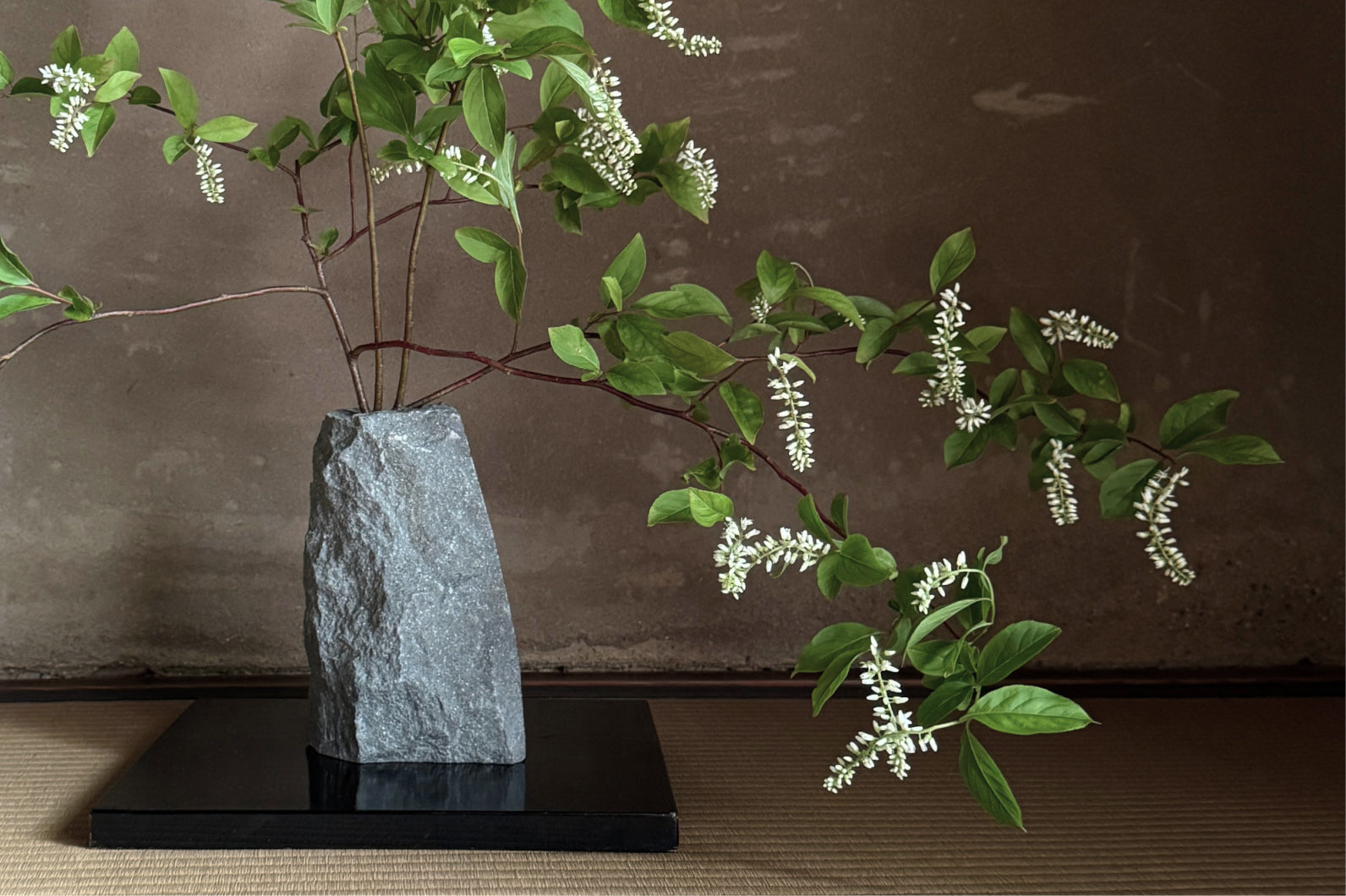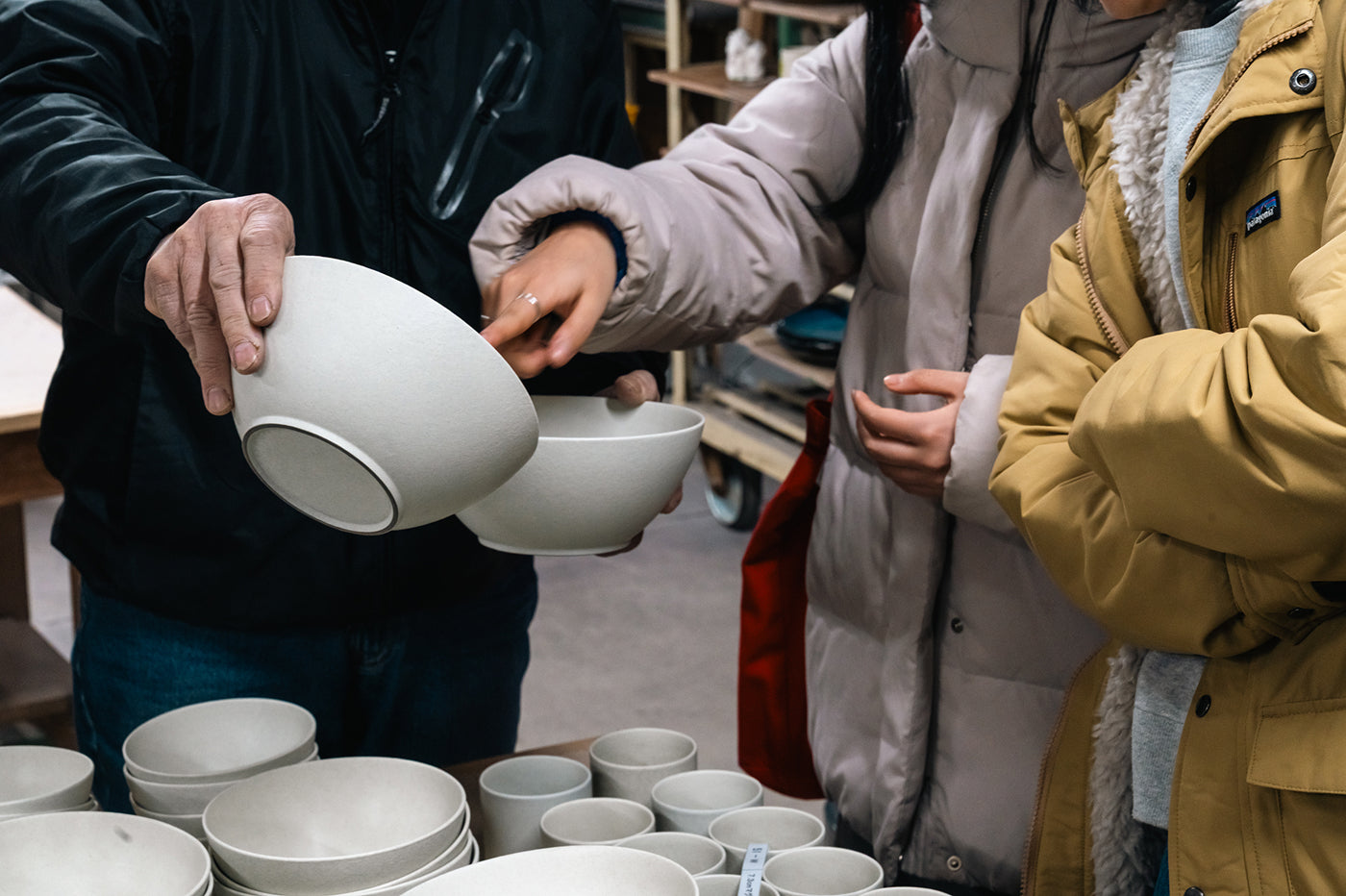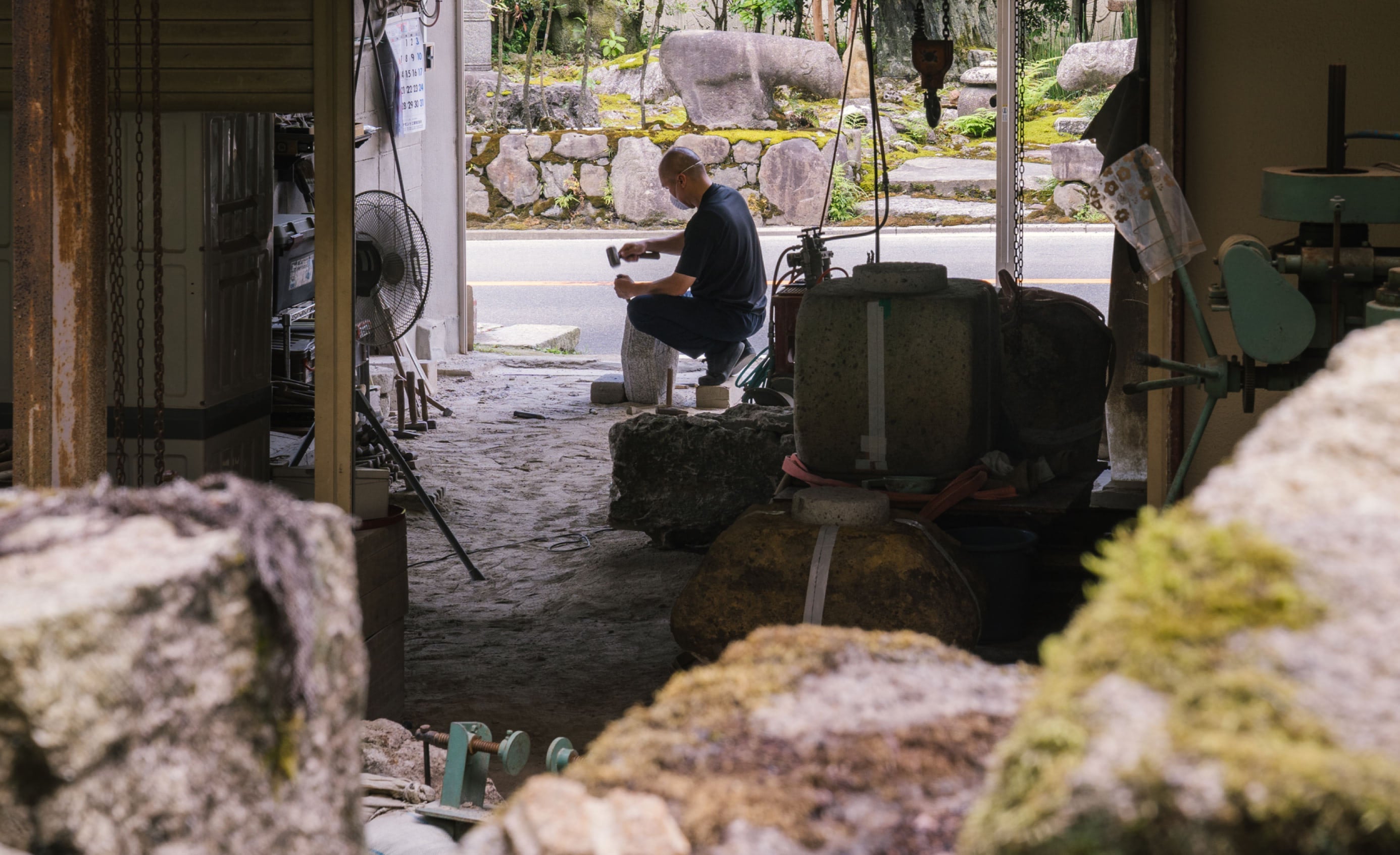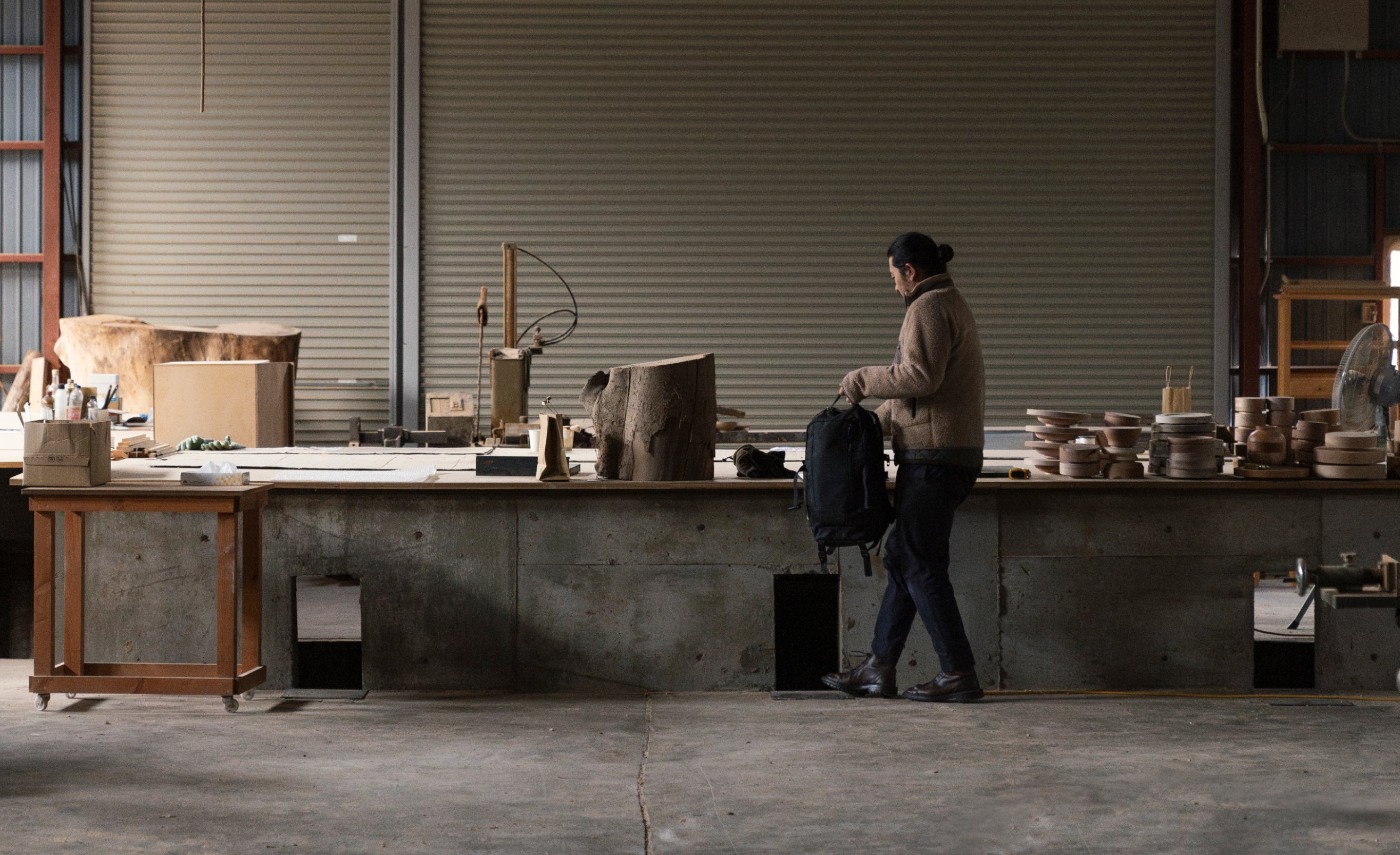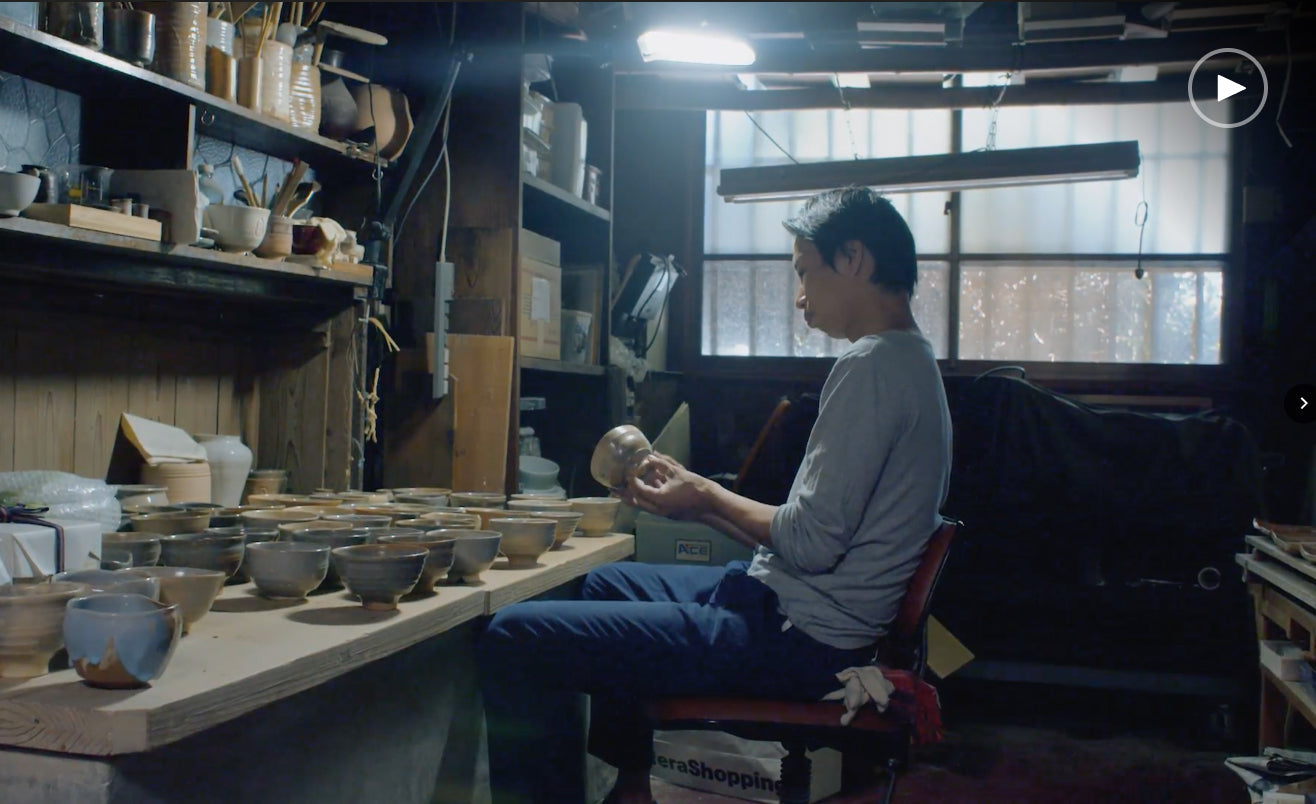Published January 3rd 2018 on the former blog
I’d like to start this publication by introducing one of the most famous Japanese ceramics “Arita”, easily recognizable by it’s blue and white color.
Past
When thinking of Japanese ceramics, the first thing that comes to mind with a high probability is Arita ware. The reason for its international recognition dates back to 1650 when the craft gained the interest of Europeans and started being exported. The first Arita ware was founded not long before that 16th century and was mainly found in blue and white. Later on they added more colors (Kakiemon-style) to create a stronger appeal for it’s international customers.

The name “Arita” comes from a town located in Saga Prefecture, Japan and one of the oldest company in the business is called Koransha. Koransha was first founded in 1689 by Matashiro Fukagawa. In the video below you can see the making of Arita ware shown by Yuji Fukagawa, an ancestor of the founding family.
Present
Today people still use Arita ware in their day to day lives, although a lot of the more affordable products are not handmade anymore. But I love the creativity that goes into the pattern creation of the more recent products. A company that does a lot of approachable, fun patterns is Kihara. You can see some of their plates below.

Saga Prefecture has launched the 2016 project as part of the Arita wares 400th anniversary. There are a lot of contemporary, new designs and interpretations of the craft that are the result of the collaboration of local and international craftsmen. You can see more of their work on their website 2016arita.com as well as on Dezeen.

It’s interesting how the success of Arita had a lot to do with it’s product development being informed by an international audience and how even now the craftsmen behind it are continuing the tradition.
Do you think they are succeeding in making their craft appealing to the western market? Do you have any Arita ceramics? If so, what did you get? If not, what would you be interested in?
